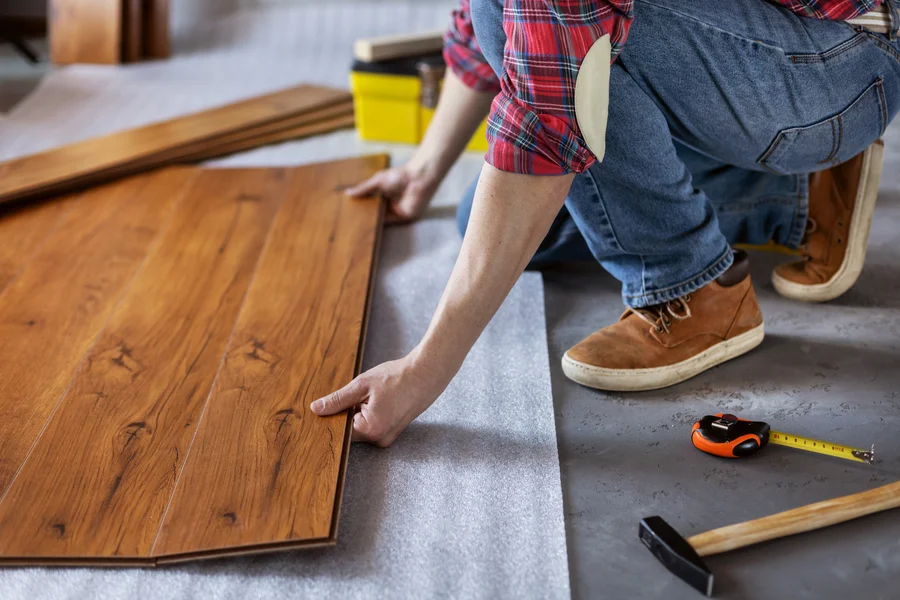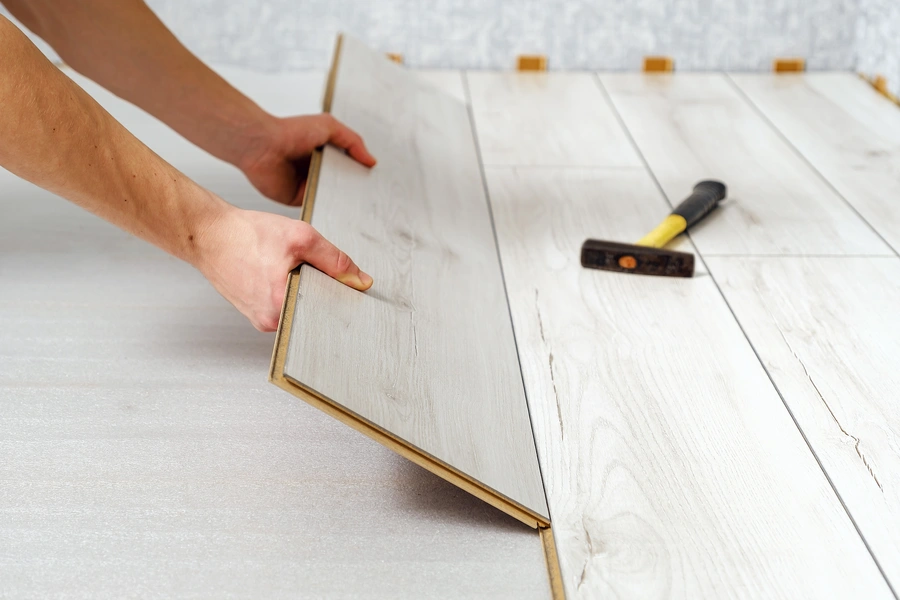Understanding the Pitfalls of Floor Installation
Installing new floors can significantly enhance the beauty and value of your home. However, this process is not as simple as it may seem. Many homeowners make common mistakes that can lead to costly repairs or unsatisfactory results. By knowing what to watch out for, you can avoid these pitfalls and ensure a smooth installation process. In this guide, we’ll explore some of the most frequent errors made during floor installation projects and provide practical advice on how to steer clear of them.

Improper Surface Preparation
Before starting any project, it’s crucial to prepare the surface properly. One common mistake is neglecting to clean and level the subfloor. An uneven base can cause various issues, such as squeaks or gaps. Make sure to remove any debris and fill low spots before proceeding with your floor installation. This step is vital for achieving a professional finish.
Choosing the Wrong Materials
Material choice plays a significant role in the success of your project. Floor installation requires selecting materials that suit both your lifestyle and environment. For instance, hardwood might not be ideal for areas prone to moisture like bathrooms or basements. Consider alternatives like vinyl or tile for such spaces. Evaluate your needs carefully and consult with experts if you’re unsure which material will work best in your home.

Ignoring Acclimatization
Acclimatizing flooring materials is often overlooked but essential. Different flooring types need time to adjust to the room’s temperature and humidity levels before installation. Skipping this step can lead to warping or shrinking after installation. Follow the manufacturer’s instructions for acclimatization duration to ensure your new floors remain stable over time.
Poor Measuring Techniques
Accurate measurements are key to ordering the right amount of material and ensuring a good fit. A frequent error is relying on rough estimates. Always measure twice, accounting for any irregularities or cutouts in the room. Using precise tools and techniques helps prevent wastage and additional costs associated with reordering materials.
Lack of Expansion Gaps
All flooring materials expand and contract with changes in temperature and humidity. Homeowners often forget to leave expansion gaps between walls and flooring, leading to buckling or lifting issues. To prevent damage, it’s important to maintain proper spacing as per the manufacturer’s recommendations during installation.
- Ensure your subfloor is clean and level
- Select materials appropriate for each room’s conditions
- Allow time for materials to acclimate
- Measure accurately and double-check figures
- Maintain necessary expansion gaps around edges
Overlooking Underlayment Importance
The underlayment acts as a cushion beneath your flooring, providing support and enhancing comfort. Some installers skip this step altogether, which can result in noise issues or reduced durability. Choose an appropriate underlayment based on your specific type of flooring to maximize its performance and lifespan.
Avoiding Professional Assistance
While DIY projects can be rewarding, they aren’t always suitable for everyone. Attempting complex installations without adequate experience can lead to mistakes that require professional corrections later on. If you’re uncertain about any aspect of floor installation, consider seeking expert help to ensure high-quality results.
Your Partner in Flooring Success
Are you looking for reliable solutions for your flooring needs? Contact 1st Choice Remodeling at (209) 802-1508. Our experienced team offers exceptional service throughout Turlock, CA. We prioritize quality at every step to deliver lasting satisfaction with your new floors.